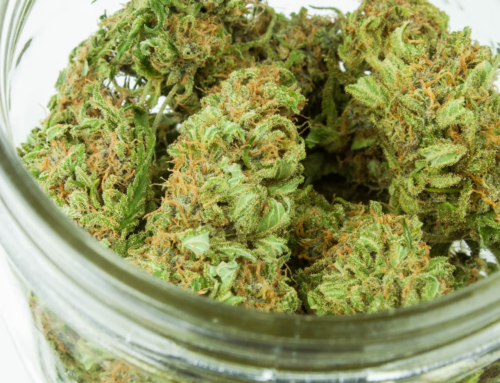For years now, medical marijuana has been the talk of the town in the medical community for its anti-inflammatory and pain-relieving properties, as well as its innumerable skin benefits!
Although the Federal Food and Drug Authority hasn’t recognized the drug as a pain medicine, 33 states have. With every passing day, scientists are not only coming up with new uses for this miracle drug, but also new ways to consume it.
There was once a time when consuming medical marijuana could only be done by smoking the dried leaves. Today, you can even get marijuana baked goods!
All the hype around medical marijuana can be attributed to one thing—the cannabinoids that it contains!
What are cannabinoids?
Cannabinoids form the basic structural and functional component of medical marijuana. All the uses and benefits that medical cannabis is popular for are all due to the presence of cannabinoids. There are around 113 different cannabinoids in marijuana, the most common and popularly discussed of which are THC and CBD.
However, it’s a little known fact that the rest of the cannabinoids found in medical marijuana are just as important and useful as far as health benefits are concerned. They all have unique roles to play within the endocannabinoid system.
What’s beyond THC and CBD?
Here are some of the other cannabinoids that exist in the medical marijuana plant:
1. Cannabinol:
Cannabinol, also known as CBN, is quite different from other cannabinoids. While most cannabinoids, including THC and CBD, occur naturally, CBN does not. THC decomposes when it’s exposed to extreme sunlight. When it does so, it breaks down and converts into a different product called the CBN.
This component is only mildly psychoactive and works great as a sedative agent. This is the reason why medical marijuana products that are rich in CBN make for good pain medicines. However, the process of THC converting into CBN is not very common
2. Cannabichromene:
Not many people discuss it, but CBC is a highly abundant cannabinoid. CBC adheres to several receptors in the endocannabinoid system, but not to the CB1 receptor. As a result, CBC is unable to produce the high effect associated with marijuana that makes you euphoric.
While other cannabinoids have anti-inflammatory properties, CBC has been known to be beneficial for acne.
All medical marijuana products contain varying concentrations of these cannabinoids, according to the nature of the medical condition they’re made for. If you’re based in New York or California, Indica MD will cater to all your medical marijuana needs. From a consultation by the New York marijuana doctors to the issuance of medical marijuana card online, we will do it all! Contact now.






Leave A Comment
You must be logged in to post a comment.